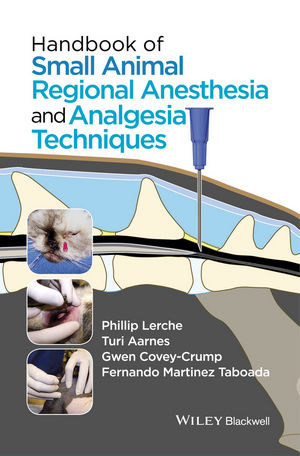

Modernizing Sedation: Evolving Anesthesia Techniques
Advancements in medical science have revolutionized anesthesia techniques, enhancing patient safety, and improving surgical outcomes. This article explores the evolution of anesthesia techniques, highlighting the innovations that have modernized sedation in the realm of healthcare.
The Historical Landscape of Anesthesia
The journey of anesthesia dates back centuries, marked by various methods to induce unconsciousness during medical procedures. From herbal concoctions to ether and chloroform, early anesthesia practices were often rudimentary and carried significant risks. The historical landscape laid the foundation for the quest to refine and improve anesthesia techniques.
Inhaled Anesthetics: From Ether to Modern Inhalation Agents
In the mid-19th century, the introduction of inhaled anesthetics, such as ether and nitrous oxide, marked a significant breakthrough. These agents allowed for safer and more controlled induction of anesthesia. Over time, modern inhalation agents like sevoflurane and desflurane have further enhanced the precision and safety of administering anesthesia during surgeries.
Intravenous Anesthesia: A Shift Towards Targeted Sedation
The development of intravenous (IV) anesthesia represented a paradigm shift in anesthesia techniques. Administering drugs directly into the bloodstream allowed for more precise control of sedation levels. Propofol, a widely used IV anesthetic, exemplifies the evolution towards targeted sedation, enabling rapid onset and quick recovery.
Regional Anesthesia: Targeting Specific Nerves for Pain Management
Regional anesthesia techniques, including epidurals and nerve blocks, have become integral for managing pain during and after surgical procedures. By targeting specific nerves or nerve groups, regional anesthesia provides effective pain relief while allowing patients to remain conscious. This approach is commonly employed in orthopedic surgeries, childbirth, and certain abdominal procedures.
Ultrasound Guidance: Precision in Nerve Blocks and Regional Anesthesia
The integration of ultrasound technology has revolutionized regional anesthesia by offering real-time imaging for precise nerve targeting. Ultrasound-guided nerve blocks enhance the accuracy of anesthesia administration, reducing the risk of complications and improving patient comfort. This technological advancement exemplifies the commitment to refining techniques for optimal patient outcomes.
Total Intravenous Anesthesia (TIVA): A Controlled Approach
Total Intravenous Anesthesia (TIVA) involves delivering all anesthesia medications intravenously, offering a controlled and consistent approach to sedation. TIVA is particularly advantageous for patients who may be sensitive to inhaled agents or have respiratory issues. The meticulous titration of medications ensures a tailored anesthetic experience.
Patient-Controlled Analgesia (PCA): Empowering Pain Management
Patient-controlled analgesia is an innovative approach that empowers patients in managing their postoperative pain. Through a programmable infusion pump, patients can self-administer prescribed doses of pain medication within established safety limits. PCA not only enhances pain control but also provides a sense of autonomy for individuals in their recovery process.
Monitored Anesthesia Care (MAC): Customized Sedation for Procedures
Monitored Anesthesia Care (MAC) involves administering sedation to patients undergoing certain medical procedures while continuously monitoring vital signs. This approach allows for a tailored level of sedation, ensuring comfort and cooperation during procedures without the need for full general anesthesia. MAC is commonly employed in endoscopic and minor surgical procedures.
Enhanced Recovery After Surgery (ERAS): Integrating Anesthesia into Holistic Care
Modern anesthesia techniques are increasingly aligned with the principles of Enhanced Recovery After Surgery (ERAS). ERAS focuses on optimizing various aspects of patient care, including anesthesia, to expedite recovery. By minimizing the impact of anesthesia on the body and incorporating multimodal pain management strategies, ERAS contributes to faster recuperation and improved patient outcomes.
Looking Ahead: Innovation in Anesthesia Techniques
As technology and medical knowledge continue to advance, the future holds exciting possibilities for anesthesia techniques. Innovations may include further refinements in drug delivery systems, enhanced monitoring technologies, and personalized approaches to anesthesia based on individual patient characteristics. The ongoing pursuit of excellence in anesthesia reflects a commitment to ensuring the safety, comfort, and well-being of patients undergoing medical procedures.
In conclusion, the evolution of anesthesia techniques is a testament to the dedication of medical professionals to enhance patient care. From historical beginnings to the current era of precision and innovation, anesthesia techniques continue to play a pivotal role in modern healthcare. For more information about Anesthesia Techniques, visit ooFamily.com.







